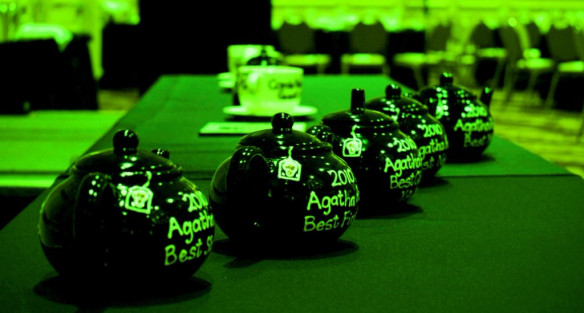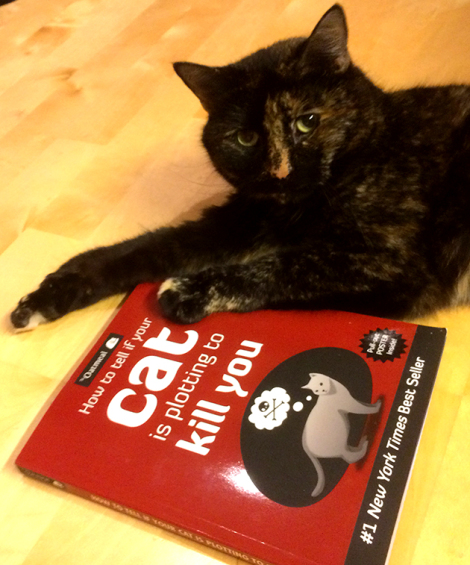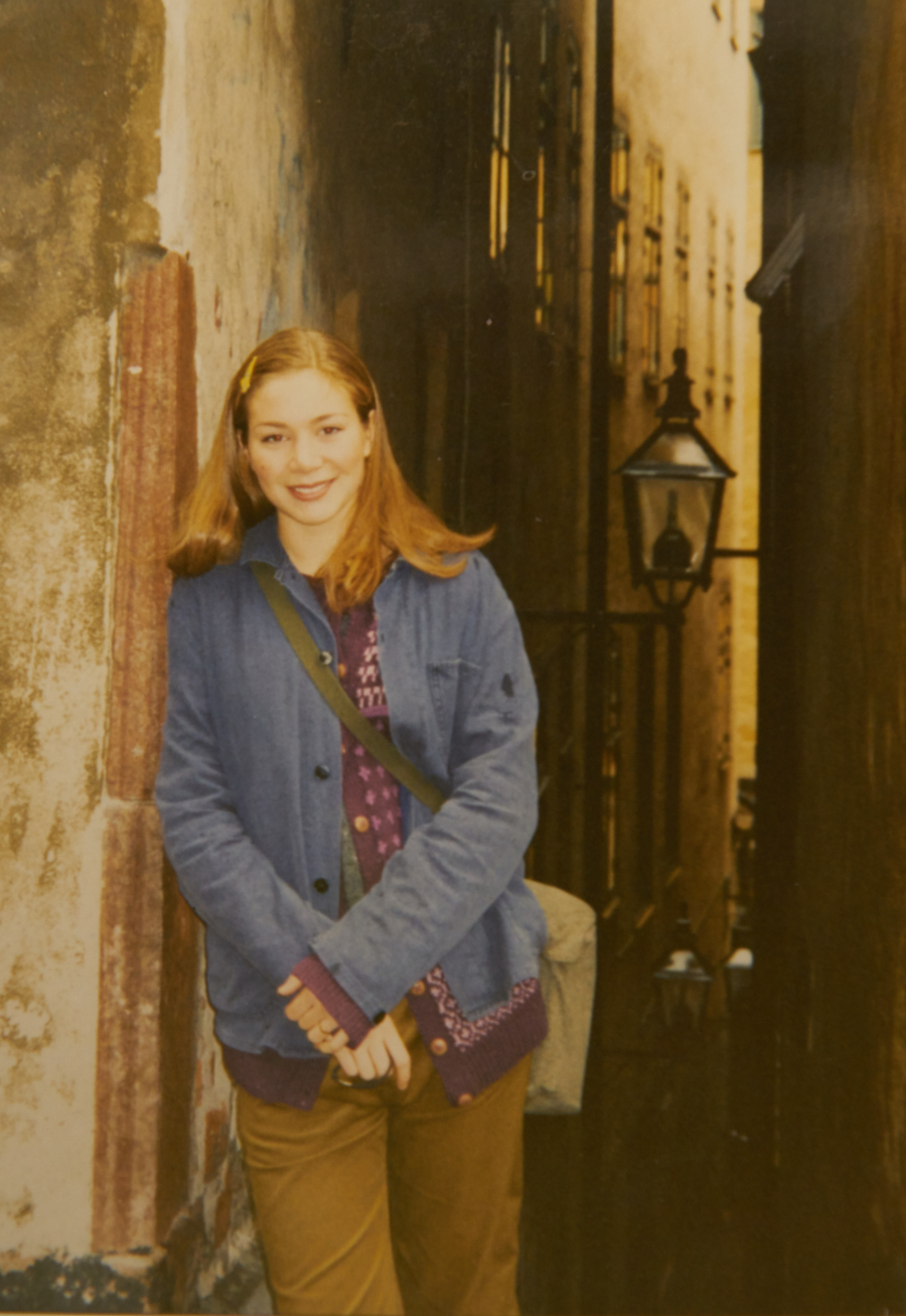Edith here, super delighted to welcome my fellow nominees for this year’s Agatha Award for Best Short Story!

Let’s have a Hip-Hip-Hooray for:
- Gretchen Archer for “Jinx” (Double Jinx: A Bellissimo Casino Crime Caper Short Story)
- Barb Goffman for “The Best-Laid Plans” (Malice Domestic 11: Murder Most Conventional)
- Edith Maxwell (that’s me!) for “The Mayor and the Midwife” (Blood on the Bayou: Bouchercon Anthology 2016)
- BK Stevens for “The Last Blue Glass” (Alfred Hitchcock Mystery Magazine)
- Art Taylor for “Parallel Play” (Chesapeake Crimes: Storm Warning)
 Gretchen Archer
Gretchen Archer
 Barb Goffman
Barb Goffman
 Edith Maxwell
Edith Maxwell
 B.K. Stevens
B.K. Stevens
 Art Taylor
Art Taylor
Because it’s also St. Patrick’s Day today, let’s dish on an Irish connection in your story.
Gretchen: In my Agatha nominated short story “Double Jinx,” the luck of the Irish is with July Jackson, Holiday Host at the Bellissimo Resort and Casino in Biloxi, Mississippi, as she tries to locate the missing body of a previously undead zombie, foils a thief trying to make off with three million of the casino’s dollars, and meets the man of her dreams.
“Double Jinx,” is a Halloween story, complete with Asylum, the Musical playing to a sold-out audience in the theater, a Spooky Rich slot tournament in full swing, and a Black and Orange Ball after a Biohazard Buffet. Chances are if we could visit with July today, she’d be hosting the casino’s Lucky Leprechaun poker extravaganza, where her players would be shamrocked from too many Four Leaf Clover martinis, and the pot of gold at the end of the tournament rainbow has gone missing.
What a great idea! I’m off to write it. Read “Double Jinx” here: https://www.instafreebie.com/free/uQrJO
BK Stevens: Around the end of the sixteenth century, Spanish conquistadores came home from South America with plundered Incan gold and also with a strange new vegetable—the potato. In Ireland, potatoes soon became the staple crop, star ingredients in dishes ranging from colcannon to stew. But when the 1840s brought the potato famine, over a million Irish people died, and a million and a half more had to leave their homes, mostly for the United States. Apparently, some Irish-Americans still observe the tradition of defying the weather to plant potatoes in their gardens on Saint Patrick’s Day. So, in good times and bad, potatoes have played a role in Irish history. They also play a role in my Agatha-nominated story, “The Last Blue Glass.” Until Edith challenged us to link our stories to Ireland, I didn’t really realize that —I’d never thought of my characters as having any particular ethnicity, and I’d definitely never thought of potatoes as symbols. But they do crop up (horrible pun) at crucial points in the story.
“The Last Blue Glass” is framed by two dinner parties. At the first, newlyweds Cathy and Frank entertain four guests. A novice cook, Cathy has to call her mother long-distance for advice on how to keep peeled potatoes from turning brown—and to endure her mother-in-law’s snide remarks when the potatoes are underdone. Cathy becomes a far more skilled cook after Frank suddenly decides to ditch his insurance job and buy a bar. She labors to create a bar snack called Spud Balls—scooped-out spheres of potato browned in butter and carefully spiced, designed to draw in customers and support Frank’s dream. It’s a labor-intensive dish, reflecting Cathy’s devotion to her charming, impulsive husband. But their marriage is undermined by Frank’s weaknesses and by the manipulations and betrayals of people he trusts. At the end of the story, the newly widowed Cathy invites the same four people to dinner again. As she cooks up a final batch of Spud Balls, she thinks about the revenge she’s planning to take on one of her guests, the one she sees as most responsible for Frank’s death. You can read “The Last Blue Glass” at http://www.bkstevensmysteries.com/book/the-last-blue-glass/ ; and if you’d like to try the recipe for Spud Balls, you can find it at http://www.bkstevensmysteries.com/recipes-from-the-stories/.
Barb: “May the luck of the Irish be with you.” That sounds nice, doesn’t it? But it’s debatable whether the sentiment truly is. Some say the phrase stems from the Irish people being lucky—having overcome so much adversity. But others think it’s a sarcastic saying—something you’d say to someone you don’t like. My main character in “The Best-Laid Plans,” Eloise Nickel, would run with the latter meaning when it came to her nemesis, Kimberly Siger.
Both Eloise and Kim are mystery authors, and both are about to be honored at this year’s Malice International convention, Eloise as the lifetime achievement honoree and Kim as guest of honor. They once were friends, but Kim long ago moved on to friendships with more useful authors. Now, with the convention looming, Kim has been rude to Eloise in a big magazine article. Eloise vows revenge—a series of mishaps to occur at the convention to poor down-on-her-luck Kim. But to her dismay, it seems the luck of the Irish might really be with Eloise.
We mystery authors like to make our characters suffer. It keeps things interesting, and boy does Eloise suffer during the convention. Yet she soldiers on despite multiple setbacks. As she does, the reader gets a good glimpse into her psyche and even, at times, her humanity. But is the luck of the Irish with her or not? You’ll have to read the story to find out. It’s available at http://www.barbgoffman.com/The_Best_Laid_Plans.html. Happy reading and happy St. Patrick’s Day!
Art: When my dad reached the question about ancestry in the 1980 U.S. Census, he read me the list of suggested answers, and when one or the other of us said, “Irish. Let’s be Irish,” he marked it down and made it official. The odds are good that we do indeed have Irish background; North Carolina is rich with Scotch-Irish heritage, and one of the earliest Scotch-Irish communities in the state was founded in the same small county where my parents were born some two hundred years later. Plus, given that my birthday is the day before St. Patrick’s Day (yesterday as you’re reading this!), I’ve always felt an additional kinship here—always on the lookout for any potential Irish ties, whether they’re really there or not.
Given the question on the blog today, I’ve found myself in a similar situation—since there’s nothing Irish in my story “Parallel Play,” which follows a young mother and her son through a perilous afternoon in Northern Virginia. It was pointed out to me that there’s lots of rain in my story, since folks often think of Ireland’s rainy weather, and in one scene, that young mother and the father of another child in the same play group share a pot of tea, which I could probably call Irish Breakfast (one of my own favorite flavors) except for the fact that I already called it Lapsang Souchong in a post on the story at Mystery Playground a few weeks back.
So I was basically at a loss here… until circling back to that image of my father and me tackling the census: the two of us teasing through, at some fundamental level, who we were, our family, our larger connections—not just by birth but literally, in our case, by choice. To a degree, that’s what “Parallel Play” is about: what it means to be a family, the choices you make for your family, and in my story at least, the consequences too. That’s a loose connection to something Irish, I know—but it’s the one for me that stands out most. “Parallel Play” is linked here: http://www.arttaylorwriter.com/books/6715-2/
Edith: First – happy birthday, Art! But I now realize what a silly idea this was, to ask my fellow nominees to link their stories to something – anything – Irish. I am hard-pressed to do so with my own story, “The Mayor and the Midwife.” No, I’ve got it! Amesbury Detective Kevin Donovan is definitely Irish. When the mayor of New Orleans comes to the northeast corner of Massachusetts in 1888 to visit his pregnant daughter, he meets Quaker midwife Rose. He tells her he had also arranged a meeting with the town’s bigwigs – but none of them would have a drink with him. Rose takes him to meet Irish Kevin, who she is quite sure would be happy to discuss crime-fighting with the mayor over a tankard of ale. But when the mayor’s son-in-law is murdered, he and Kevin – and Rose – end up working a lot more closely to solve the crime. You can read the story here: https://edithmaxwell.files.wordpress.com/2016/12/the-mayor-and-the-midwife.pdf
Who we are:
 Gretchen Archer is a Tennessee housewife who began writing when her daughters, seeking higher educations, ran off and left her. She’s the bestselling author of the Davis Way Crime Caper series by Henery Press. She lives on Lookout Mountain with her husband, her son, and a Yorkie named Bently.
Gretchen Archer is a Tennessee housewife who began writing when her daughters, seeking higher educations, ran off and left her. She’s the bestselling author of the Davis Way Crime Caper series by Henery Press. She lives on Lookout Mountain with her husband, her son, and a Yorkie named Bently.
 Barb Goffman edits mysteries by day and writes them by night. She’s won the Agatha, Macavity, and Silver Falchion awards for her short stories, and she’s been a finalist for national crime-writing awards nineteen times. Her newest story, “Whose Wine Is It Anyway,” appears in the mystery anthology 50 Shades of Cabernet, which was published earlier this week. When not writing, Barb runs a freelance editing and proofreading service. She blogs every third Tuesday at www.SleuthSayers.org. In her spare time, she reads, reads, reads and plays with her dog.
Barb Goffman edits mysteries by day and writes them by night. She’s won the Agatha, Macavity, and Silver Falchion awards for her short stories, and she’s been a finalist for national crime-writing awards nineteen times. Her newest story, “Whose Wine Is It Anyway,” appears in the mystery anthology 50 Shades of Cabernet, which was published earlier this week. When not writing, Barb runs a freelance editing and proofreading service. She blogs every third Tuesday at www.SleuthSayers.org. In her spare time, she reads, reads, reads and plays with her dog.
 National best-selling author Edith Maxwell is a 2017 double Agatha Award nominee for her historical mystery Delivering the Truth and her short story, “The Mayor and the Midwife.” She writes the Quaker Midwife Mysteries and the Local Foods Mysteries; as Maddie Day she writes the Country Store Mysteries and the Cozy Capers Book Group Mysteries. Her award-winning short crime fiction has appeared in many juried anthologies, and she is honored to served as President of Sisters in Crime New England. Maxwell writes, cooks, gardens, and wastes time as a Facebook addict north of Boston where she lives with her beau and three cats. She blogs here at WickedCozyAuthors.com, at Killer Characters, and with the Midnight Ink authors.
National best-selling author Edith Maxwell is a 2017 double Agatha Award nominee for her historical mystery Delivering the Truth and her short story, “The Mayor and the Midwife.” She writes the Quaker Midwife Mysteries and the Local Foods Mysteries; as Maddie Day she writes the Country Store Mysteries and the Cozy Capers Book Group Mysteries. Her award-winning short crime fiction has appeared in many juried anthologies, and she is honored to served as President of Sisters in Crime New England. Maxwell writes, cooks, gardens, and wastes time as a Facebook addict north of Boston where she lives with her beau and three cats. She blogs here at WickedCozyAuthors.com, at Killer Characters, and with the Midnight Ink authors.

B.K. (Bonnie) Stevens is the author of Interpretation of Murder (Black Opal Books), a traditional whodunit offering insights into deaf culture, and Fighting Chance (Poisoned Pen Press), a martial arts mystery for young adults. She’s also published over fifty short stories, most of them in Alfred Hitchcock’s Mystery Magazine. Eleven of her stories are collected in Her Infinite Variety: Tales of Women and Crime (Wildside Press).
 Art Taylor is the author of On the Road with Del & Louise: A Novel in Stories, winner of the Agatha Award for Best First Novel. He has also won two Agatha Awards, an Anthony Award, a Macavity Award, and three consecutive Derringer Awards for his short fiction, and his work has appeared in Best American Mystery Stories. He is an associate professor of English at George Mason University.
Art Taylor is the author of On the Road with Del & Louise: A Novel in Stories, winner of the Agatha Award for Best First Novel. He has also won two Agatha Awards, an Anthony Award, a Macavity Award, and three consecutive Derringer Awards for his short fiction, and his work has appeared in Best American Mystery Stories. He is an associate professor of English at George Mason University.
Readers: What’s your favorite short story of all time? Do you prefer reading short or long crime fiction?
Share this:





